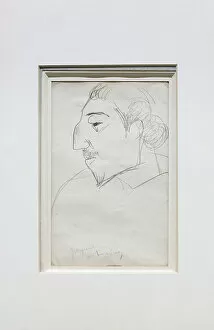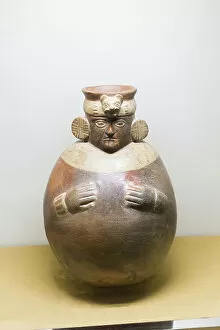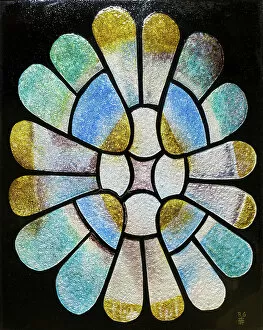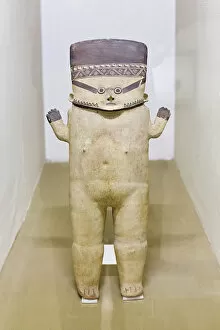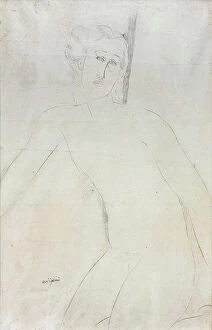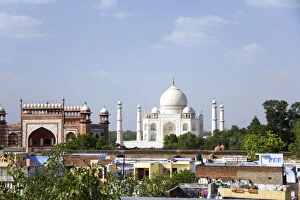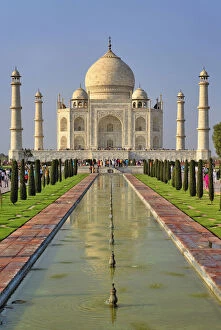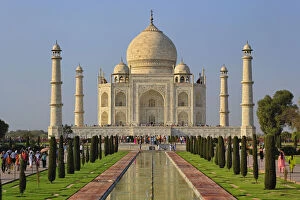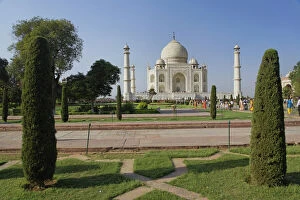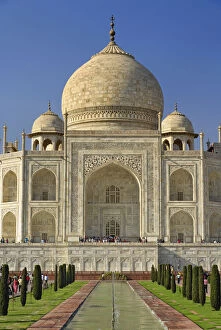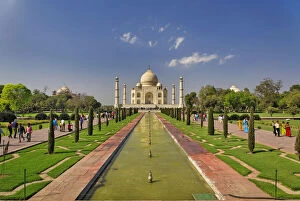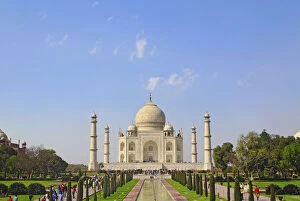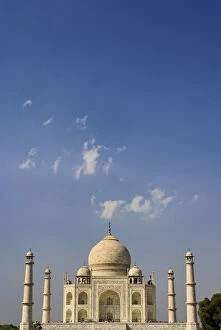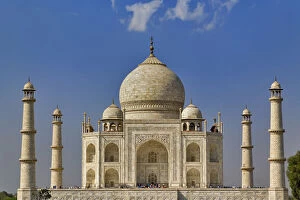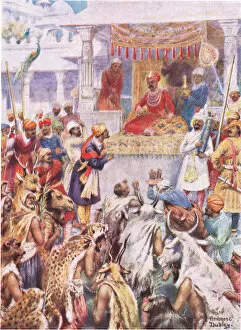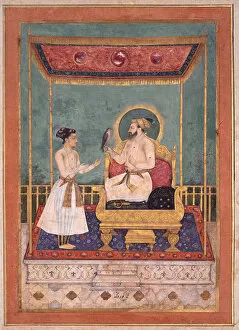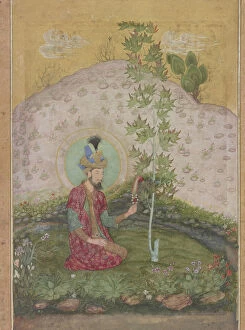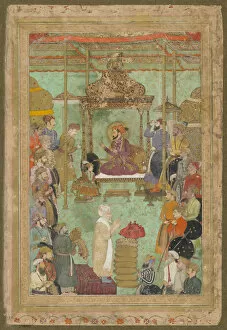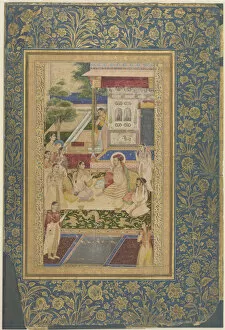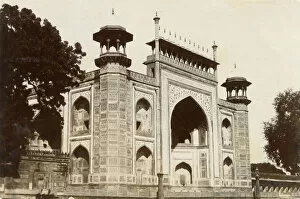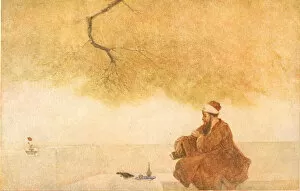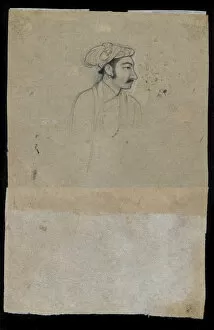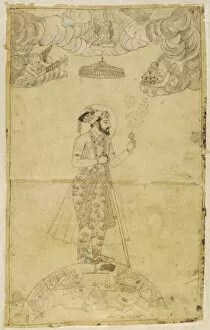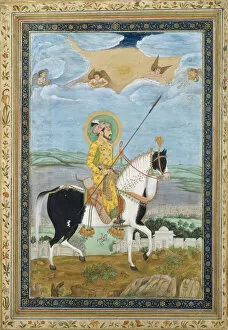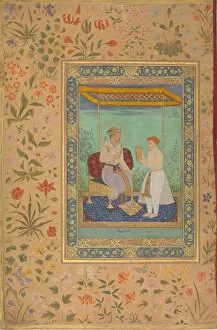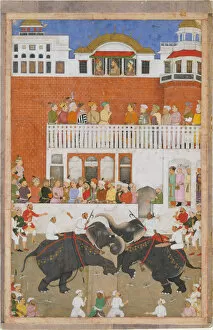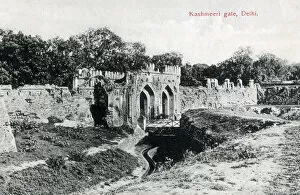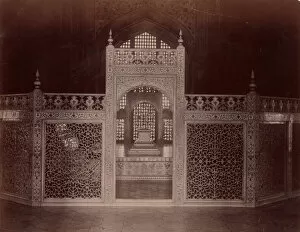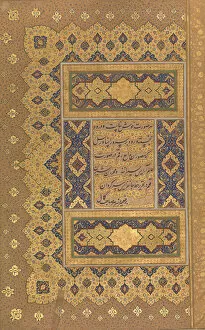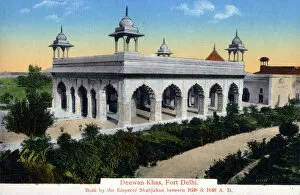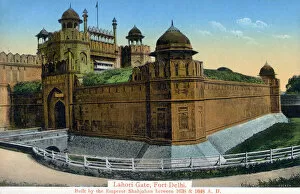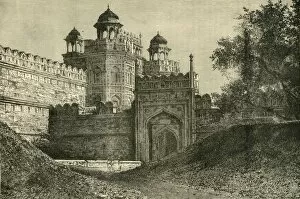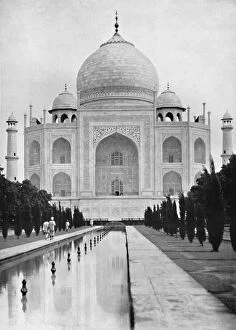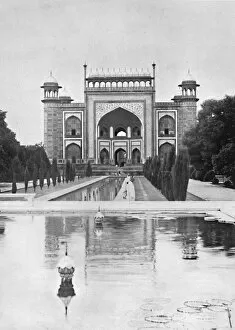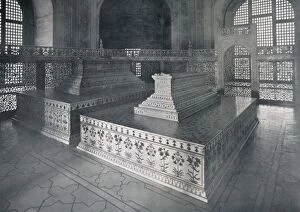Jahan Collection (page 2)
"Jahan: A Journey through Time and Culture" Step into the enchanting Naghsh-e Jahan Square in Isfahan, Iran, where history whispers its tales
For sale as Licensed Images
Choose your image, Select your licence and Download the media
"Jahan: A Journey through Time and Culture" Step into the enchanting Naghsh-e Jahan Square in Isfahan, Iran, where history whispers its tales. Marvel at the grandeur of the Shah Mosque, a masterpiece of Islamic architecture that stands as a testament to human ingenuity. Across continents, Indian tourists find solace in the majestic Taj Mahal in Agra, Uttar Pradesh. Its ethereal beauty transcends time and leaves visitors awe-struck. Dating back to 1895, this architectural wonder continues to captivate hearts with its intricate details and unknown creator. Delve deeper into history as you explore The Tombs of Sufi Saint Nizamuddin and Jahanara Begum. These sacred sites hold stories of devotion and spirituality that have endured for centuries. Art enthusiasts will find solace at the Jahan Nama museum and gallery within Tehran's Niavaran palace complex. Here lies an exquisite pencil drawing by renowned artist Paul Gauguin—an artistic fusion bridging cultures. Transport yourself further back in time with "Shah Jahan on a Terrace, " a captivating folio from 1627-28 depicting royalty adorned with precious jewels—a glimpse into opulent Mughal era aesthetics. The Shah Jahan Album offers another window into history—its dancing dervishes showcasing both artistry and cultural traditions dating back to ca. 1610 on one side while revealing glimpses of an even earlier period between ca. 1530-50 on the other. From ancient civilizations comes evidence of Vicus culture—a fascinating earthenware collection hailing from northern Peru spanning from 500 BC to 500 AD—reminding us how diverse our world truly is. As we conclude our journey through time, let us not forget Jahangir and Prince Khurram accompanied by Nur Jahan—the embodiment of power, love, and intrigue during their reign from c1624-1625.

